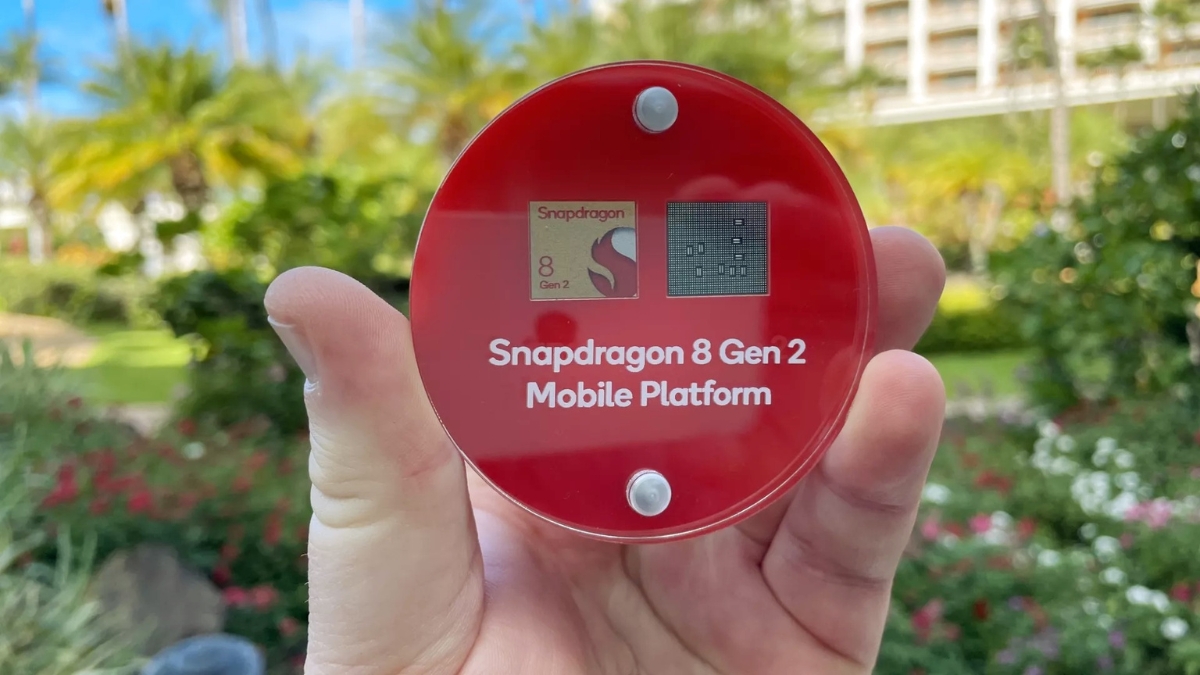
Slack, Zoom, and Teams are examples of collaborati...
news-extra-space

 Photo Credit: Mashable[/caption]
According to Golden Reviewer's testing, the A16 Bionic and Dimensity 9200 appear to be outperformed by the Snapdragon 8 Gen 2 in terms of GPU performance. The Qualcomm chipset averages 223 frames per second in the GFXBench 3.1 1080P Offscreen test, hosted by the Vivo X90 Pro Plus. The A16 Bionic produces 195 FPS, compared to 203 for the Dimensity 9200. The Snapdragon 8 Gen 2 also manages to consume less power than the other two, giving it a sizable 25% efficiency edge, proving that efficiency isn't sacrificed for pure performance.
In the 3DMark WildLife Extreme test, the Snapdragon 8 Gen 2 achieves a score of 3729 while using only 7.5 W of power, mirroring these results. The Dimensity 9200 consumes 8.2 W but still performs worse than the Snapdragon 8 Gen 2 with a score of 3627, while the A16 Bionic consumes 7.6 W but only reaches a score of 3359. Once more, the Qualcomm chipset outperforms the competition while using the least amount of electricity. As a result, it is simple to draw the conclusion that, on average, the Adreno 740 GPU in the Snapdragon 8 Gen 2 offers around 10% more performance and about 15% more efficiency than the GPU in the A16 Bionic.
Photo Credit: Mashable[/caption]
According to Golden Reviewer's testing, the A16 Bionic and Dimensity 9200 appear to be outperformed by the Snapdragon 8 Gen 2 in terms of GPU performance. The Qualcomm chipset averages 223 frames per second in the GFXBench 3.1 1080P Offscreen test, hosted by the Vivo X90 Pro Plus. The A16 Bionic produces 195 FPS, compared to 203 for the Dimensity 9200. The Snapdragon 8 Gen 2 also manages to consume less power than the other two, giving it a sizable 25% efficiency edge, proving that efficiency isn't sacrificed for pure performance.
In the 3DMark WildLife Extreme test, the Snapdragon 8 Gen 2 achieves a score of 3729 while using only 7.5 W of power, mirroring these results. The Dimensity 9200 consumes 8.2 W but still performs worse than the Snapdragon 8 Gen 2 with a score of 3627, while the A16 Bionic consumes 7.6 W but only reaches a score of 3359. Once more, the Qualcomm chipset outperforms the competition while using the least amount of electricity. As a result, it is simple to draw the conclusion that, on average, the Adreno 740 GPU in the Snapdragon 8 Gen 2 offers around 10% more performance and about 15% more efficiency than the GPU in the A16 Bionic.
All signs point to Qualcomm's processor being a performance beast, outperforming the A16 Bionic on the Apple iPhone 14 Pro phones without sacrificing performance, especially on the GPU side. This supremacy isn't only confined to artificial benchmarks, either; in actual Genshin Impact tests, the Snapdragon 8 Gen 2 on the Xiaomi 13 Pro outperformed the iPhone 14 Pro Max slightly while running noticeably cooler.The Adreno740 GPU in #Snapdragon8Gen2 is so fast ,and incredibly efficient at the same time . This has to be some black magic doesn't it? Will Apple even catch up with A17?#Dimensity9200#AppleA16#vivox90proplus #Xiaomi13 pic.twitter.com/J7oHoOCtcU
— Golden Reviewer (@Golden_Reviewer) December 21, 2022
Leave a Reply






